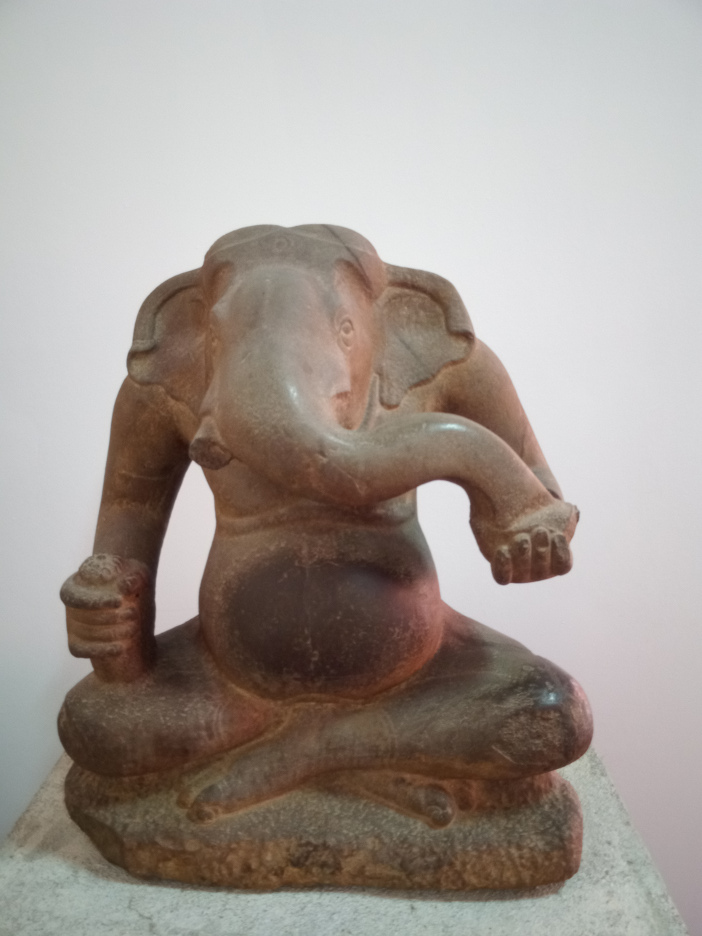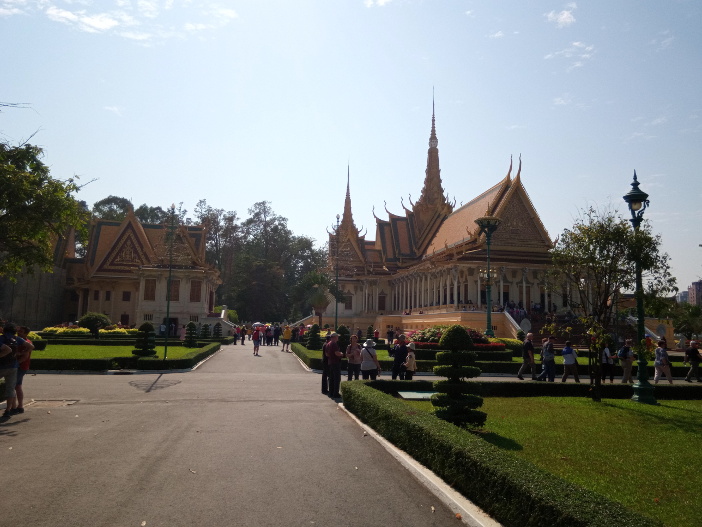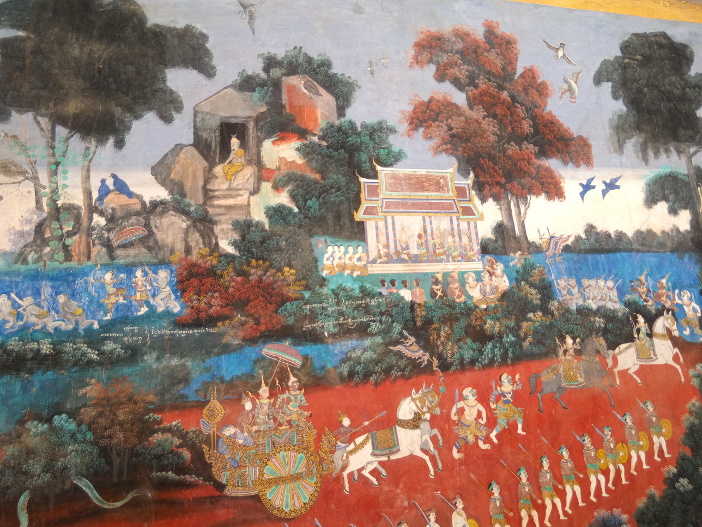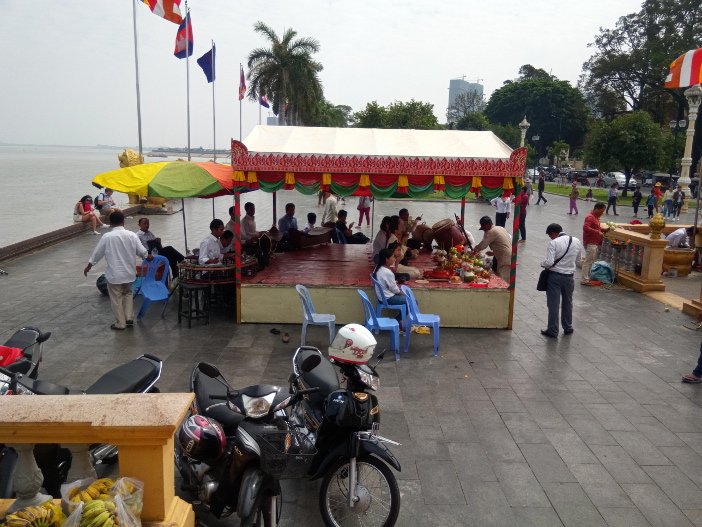When I was a child Cambodia was a word associated with horror, with barely-understood atrocities depicted in grainy monochrome photos. As a teen I pogoed to the Dead Kennedys’ punk classic “Holiday in Cambodia”, never imagining that one day I would really be holidaying there.
Though Cambodia is now peaceful and friendly, its tragic past forms a major element of the tourist attractions of Phnom Penh. However we decided not to visit the Killing Fields, or the Genocide Museum, with our 13-year-old and 10-year-old sons. In part this was because we’d found the War Museum in Ho Chi Minh City quite distressing enough; and because a cynical, hard-bitten friend of mine had told me that he’d had to step outside during his visit to the Genocide Museum, to go and cry for a while, and nearly hadn’t gone back in.
We talked to our boys about the country’s history, and felt that we all understood what had taken place well enough without needing to see the grim details. It was not a decision taken out of any disrespect for the victims and the survivors, nor intended as any criticism of any family which made a different choice. But it felt right for us.
So leaving the shadows of the recent past behind, we focused on the city’s older glories. The National Museum is a relatively new building, though still nearly a hundred years old. But the majority of the carvings, statues, bronzes, and friezes inside date from the 600 years when the Khmer Empire sprawled across the region, powerful and prosperous.

The museum is packed with spectacular statues

Fans of Doctor Who might suspect the designer of the Ood had seen Khmer statues of Ganesha
The museum is well laid-out, with information in English, and its courtyards make it a cool and shady place amid the Phnom Penh heat (although we were surprised to see a rat scuttling around near the pool.)

The Royal Palace in Phnom Penh
The Royal Palace is another relatively recent building, having been constructed when the capital moved to the city in 1865. It’s still the ceremonial heart of the monarchy, so not all of it is accessible. However it’s worth finding the mural which tells the story of Reamker, Cambodia’s national poem, a version of the Hindu Ramayana. Though the mural is damaged in places by neglect, it’s still spectacular, filled with detail and skilfully blending different artistic styles, while remaining quintessentially Khmer.

The mural of the Reamker
Our boys had had enough sightseeing by this point, and opted to find a shady spot to discuss professional wrestling. However I was able to inveigle them into the Silver Pagoda, with the promise of treasure.
“Real treasure?” Noah perked up. He loves fantasy adventure.
“Gold, silver, and gems…” I told him. “The jewelled goblets of kings, priceless statues of ancient gods…”
Sadly, photography is forbidden within the Silver Pagoda, so I can’t show you the treasure; you’ll have to see it for yourself. All I can tell you is, the boys did not leave disappointed.
But beyond the ancient treasures, Phnom Penh is a clean and safe city, and in the cool of the evening is a pleasant place to stroll around, listening to the gamelan-like bands performing to the crowds milling around shrines, the air rich with the scent of incense and offerings of flowers and food.

A percussion band plays by a dais for offerings at a riverside shrine
Photos: Andrew Killeen




